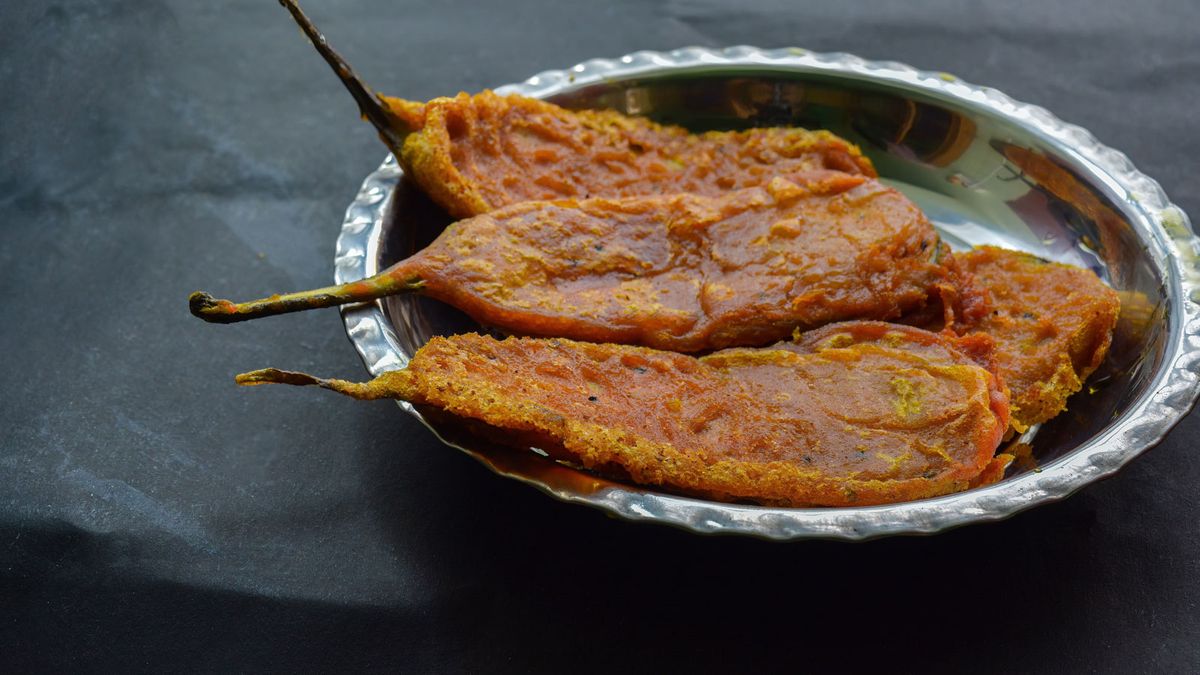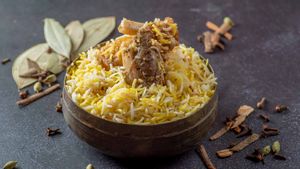Kolkata has found itself on the global radar ever since the international publication, Eater, mentioned it as one of the top 10 destinations in the world for food, along with Dakar in Senegal, Manila in The Philippines, Cambridge in England, Sardinia in Italy, and Asheville in North Carolina, among others. According to Eater, its list explored what was beneath the surface of a place, its culture, the history behind the food and what would inspire one to go offbeat.
And as the news of Kolkata spread like melted peanut butter on bread, I wondered, albeit briefly, why is this news. How is Kolkata (still Calcutta to me) any different from what it was 30 years ago? Apart from the prices that have shot up like the temperature in summer, Kolkata still loves its Park Street restaurants that have not changed their menu since the beginning of time and it still enjoys the swanky places that keep mushrooming each time I visit. The roadside chai stalls, cutlets and rolls, Kolkata Chinese, phuchka, and of course, the biryani with aloo are still savoured with the same passion. If you don’t like aloo in your biryani, please refrain from having any conversation with us.
Truth be told, I cannot have one sane conversation about food in Kolkata and not get into an argument. That, most chefs, ‘foodies’, restaurant owners and gourmands would say, is the point of everything. After all, in Kolkata, food is an emotion. Like football.
Something for everyone to eat
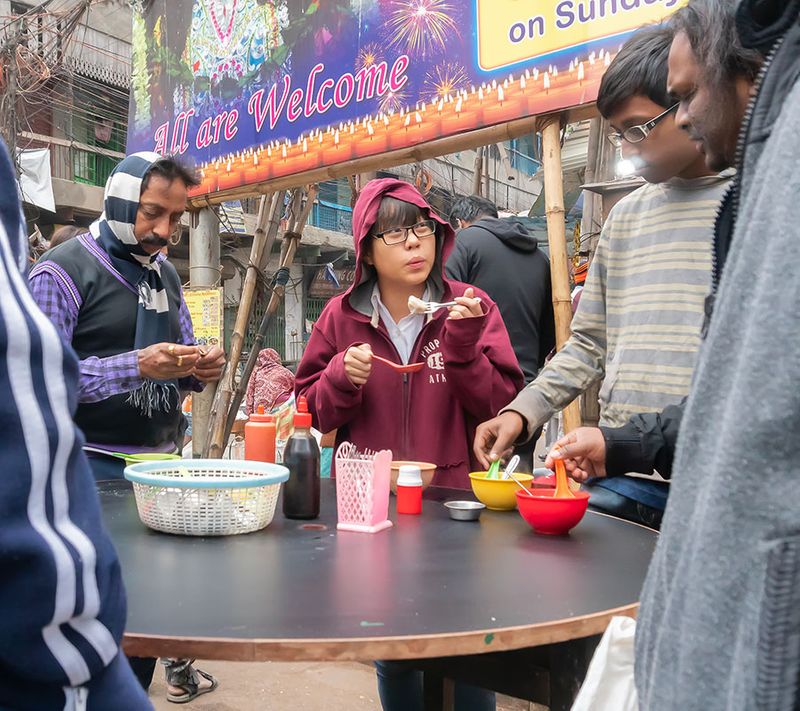
Mumbai-based chef Viraf Patel, whose connection with the city is The Salt House, for which he’s done the menu and recently revamped it, puts it down quite aptly. “Kolkata knows where it will eat and what it wants to eat. So it will be the roll from one specific place, the biryani from another and kebabs from a third. You see a row of phuchkawalas and there will always be that one guy who’ll have people waiting to be served because he’s 'better'. During my last visit, I was taken to eat nihari at 4.00 am at a place called Sufia on Zakaria Street. Apparently, it’s the best beef nihari in town. Was it the best for me? No, I have had better. But it was the whole experience that was incomparable,” says the chef.
The fact is, Kolkata has room for everything and everyone. At least for a while, if you’re new. It gives you the opportunity to figure out the vibe and understand what you like and don’t like before either embracing you or giving up on you, and that is perhaps one of the reasons why fine-dining restaurants, cafes, eateries and road-side stalls coexist in this beautiful balance.
Maria Fernandes, the vice-chairperson of the West Bengal Forest Development Corporation and member of the WB Commission for Women, Government of West Bengal, loves food and loves the food in Kolkata even more. Fernandes was one of the key coordinators of the food festival organised as part of the Christmas Festival in Kolkata. “The festival had 26 kiosks selling Korean, Japanese, Chinese and Lebanese food, among others. And it was incredible because people got the opportunity to taste dishes that they either won’t typically go for or have never eaten before.”
Held at Park Street, the festival captured the whole essence of Kolkata quite well, and in Fernandes’s words, “There was everything and people were trying whatever caught their fancy.” Fernandes adds, “I think most of us who eat out here, we like specific things at specific places. So if I go to a restaurant, I already know what I want. And that’s pretty much how it is with most of the city.”
Guaranteed flavour and quality
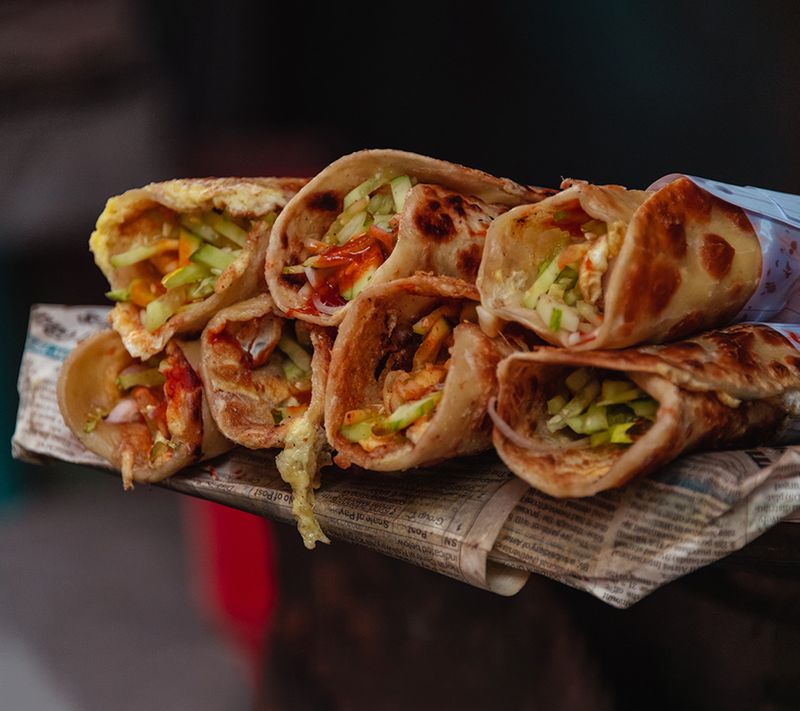
Rukshana A Kapadia, who’s been writing about food for years and is also a food consultant, says it’s not just the incredible variety of food one can find in the city but the fact that be it on the streets or upscale restaurants rarely is flavour a problem. “For me, Kolkata is a culinary mecca. For almost four centuries, it has been a crucible of culinary culture thanks to the British, French, Dutch, Jews, Armenians, Chinese, Parsis and of course the Awadhi influences into its culinary fabric. Be it the humble Kebab – from Zakaria Street’s Dilshad & Adams Kebabs to the heritage Kwality Restaurant to the fine-dining restaurants such as Peshawari — the food is on point. And for a gourmand like me, each one is equally exciting,” she says.
Chef Rahul Arora, founder of Parathewali Gali, who closed his place and is currently just focusing on popups and food consultations, says that while Kolkata runs on nostalgia and familiarity, it has seen a positive change in the food scene. “Korean food is what has a lot of attention now. King’s Bakery not only serves some delicious food but also has a store from where you can buy ingredients if you want to cook Korean food in Kolkata. And Italian food has seen a massive improvement from the past. What I find sad is that heritage places have barely moved an inch in that direction. Except for Trinca’s, which has upgraded itself, brought it up to speed and is trying to connect with the new age audiences,” he says.
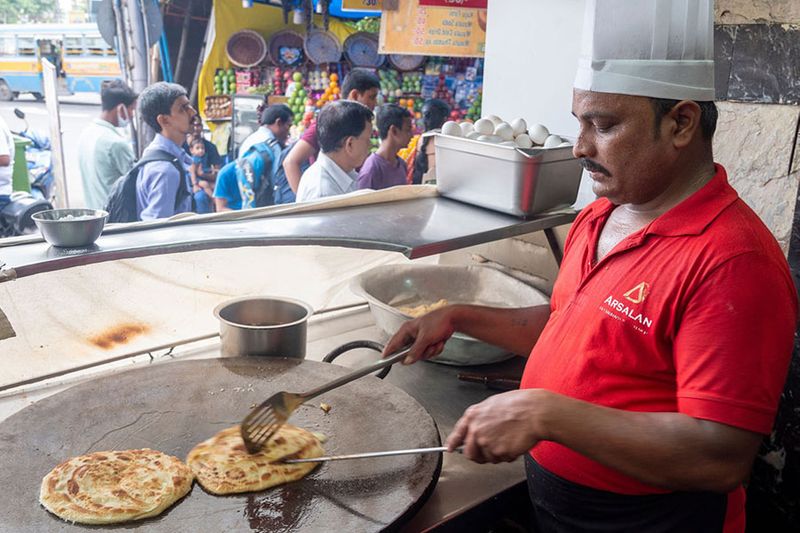
The one thing everyone agrees upon is the stellar quality of street food in Kolkata. “That is to die for,” says Kapadia. And it’s incredibly difficult to disagree with her.
Vegetarian treats and the rise of cafes
Arora says that thanks to a surge of vegetarian bloggers, north Kolkata hotspots are finding a place on the city’s culinary map. “Zakaria Street has always been popular. But I am talking about areas such as Satyanarayan Park or the stretch near Marwari Hospital in College Row — these areas are suddenly buzzing with people who are not from the north Kolkata areas. Everyone is now talking about the Chhangani kachori from Chhangani Bhujiya Bhandar at Bara Bazaar, which till some time ago was a place where only the locals went,” he adds.
It’s difficult not to mention the burgeoning cafe culture in the city. “Be it Sienna Store & Cafe where chef Auroni Mukherjee and his team create a weekly menu using local seasonal ingredients to The Daily by Urvika Kanoi, or Nishant Singh’s Roastery Coffee House — there’s a beautiful range of cafes one can now find in Kolkata, and each has its identity,” Kapadia says.

Regional cuisines in Kolkata have also found a fresh lease of life, Arora says. “You’ll find good quality Andhra, Bihari and Assamese food here, not that they weren’t always there. But the newer players are making these cuisines more visible, and thanks to social media they are getting the attention they deserve.”
According to Kapadia, ITC Royal Bengal’s Avartana has been doing well. The Chennai restaurant has already paved the way with its stunning menu and innovation so it comes as no surprise that it’s found a footing in Kolkata as well. “Restaurateur Harsh Sonthalia’s Jalsa has good modern Indian food too,” she says.
Asian food, beyond Chinese, is definitely finding more space in the city as well. “Mother-daughter duo Doma Wang and Sachiko Seth’s The Blue Poppy-Thakali, Sei Vue in Tiretti Bazar, Monika Liu’s Beijing & Tung Fong serving Kolkata-style Chinese, Sachiko’s Boma Asian Bakery, The King’s Bakery of course, are all doing incredible work,” Kapadia says.
However, biryani and rolls are always going to be the frontrunners as far as Kolkata is concerned. “The roll is big business. While I’m incredibly grateful that one can still buy a good egg roll for Rs 30, you can now buy an insane variety of rolls — think double mutton double cheese and whatnot — that can cost you up to Rs 250. It’s big business and people are loving it,” Arora says.
I avoided asking the biryani question because I do not want war.


